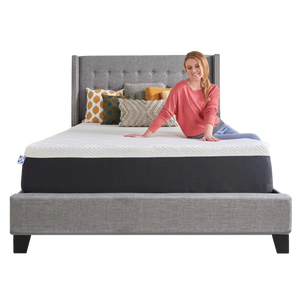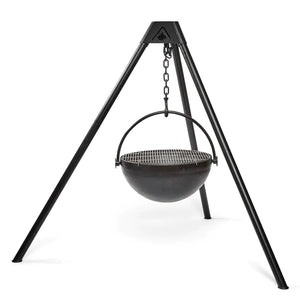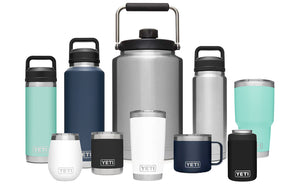Do I need range hood venting?
If you’re wondering "Do I need a range hood?", you’re not alone. Did you know that a range hood is an appliance made specifically to protect your home and family? Check out answers to these key questions to better understand if a range hood is the right choice for you.
-
What do I cook and how often?
-
How does a range hood help?
-
What should I consider when buying a range hood?
-
Can I use an alternative solution?
What do I cook and how often?
When you cook, particles of grease, food, water and smoke evaporate into the air. In the short term, this can decrease air quality and fill your home with odors. In the long term, these particles can end up leaving grime throughout your house.
Most people can benefit from a range hood, even those who rarely cook or only steam vegetables. If you frequently fry, sear or sauté, however, your need for a range hood is even greater. Consider models that move air in higher cubic feet per minute (CFM) to filter out the increased grease and smoke.
How does a range hood help?
-
Before cooking, running the fan for several minutes creates suction.
-
While cooking, the hood draws in moisture, smoke and grease from the air.
-
Hoods with outside ventilation pull contaminants out of the home through ductwork. Recirculating hoods use a series of filters to scrub the air of contaminants before returning cleaner air to the room.
-
Running the fan for several minutes after cooking can help clear any additional smoke and odor from the air.
Model shown: WVU57UC0FS

What should I consider when buying a range hood?
Power
CFM, or cubic feet per minute, measures how much air your ventilation system can move in a minute. Gas ranges typically require a higher CFM rating than electric ranges.
Sound
If you’re used to older ventilation systems, you might associate them with a lot of noise. Newer range hoods can be quiet enough to have a normal conversation over. A lower dBA rating means a quieter hood.
Lighting
Since part of a hood’s job is to light your cooktop, look for one with bright light that lets you see your entire work surface. Ventilation hoods with LED lighting are a popular choice.
Venting
Depending on your home's construction, you might not be able to ventilate to the outside and may choose a recirculating hood instead. If so, check if your local and state governing codes permit recirculating hood use. Comply with recommended max vent length, which can impact performance.
Pairing
Make sure to pair the size of your hood with the size of your cooking surface. At minimum, pairing should be size for size (30" hood with 30" cooking surface).
Can I use an alternative solution?
People who need to fit in more function above their range might also be interested in an over-the-range microwave with built-in recirculating ventilation. If you're limited on space, consider the low profile microwave hood combination, a two-in-one solution that fits in the same space as an undercabinet hood.1 As with traditional hoods, remember to pair the size of your venting solution with your cooktop size.


















